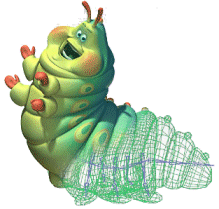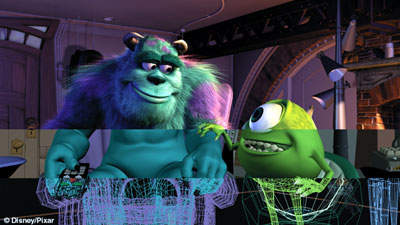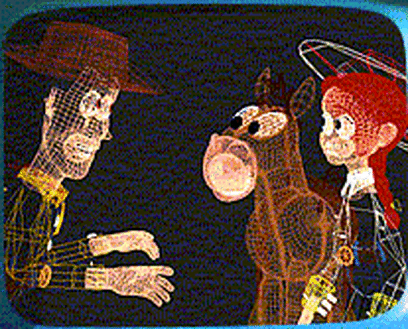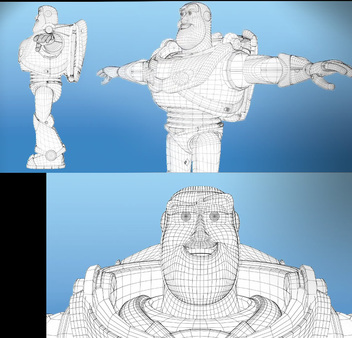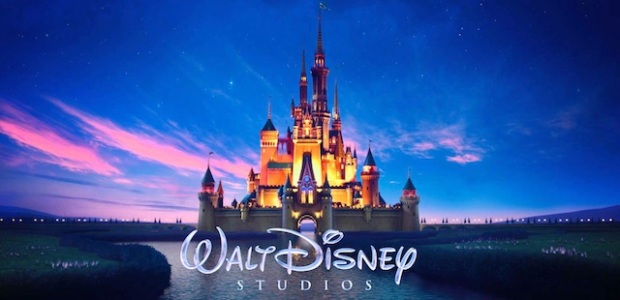Ever wonder how Pixar got started? Although it has only been around for about 30 years, it has certainly made its impact in the film industry! We take a brief look at the history, films, and people involved in creating Pixar, as well as peek into the future at upcoming feature films.
1979
Ed Catmull is recruited by George Lucas from The New York Institute of Technology to lead Lucasfilm’s Computer Division.
1983
John Lasseter joins the Lucasfilm crew and works on the short film The Adventures of Andre & Wally B. He is hired full – time in 1984 as an interface designer.
1984
The Adventures of Andre & Wally B. is the first short film created by the studio. It features complex, flexible characters, hand-painted textures, and motion blur — ground-breaking technology at the time.
1986
Steve Jobs buys the Computer Graphics Division from George Lucas and names it “Pixar.” There are about 44 people working in the studio at the time.
1989
Knick Knack is completed and the first of the company’s animations to be produced in stereoscopic 3D. The first version of RenderMan is released and will become the company’s standard software for rendering computer graphics.
1995
Toy Story is the world’s first computer animated feature film and becomes the highest grossing film of 1995, making $192 million domestically and $362 million worldwide. Toy Story is nominated for several awards, including Best Original Song, Best Original Score, and Best Original Screenplay by Academy of Motion Pictures Arts and Sciences.
1998
A Bug’s Life is released in November and breaks all previous U.S. Thanksgiving weekend box-office records. Pixar now employs approximately 400 people.
1999
Toy Story 2 is released in November and is the first film in history to be entirely created, mastered, and exhibited digitally, and the first animated sequel to gross more than its original (it broke the box-office opening weekend records in the United States, United Kingdom, and Japan).
2000
For the Birds premieres at the Annecy International Film Festival in France in June, eventually winning the Academy Award for Best Animated Short Film. Pixar moves into its new building in Emeryville, CA in November, where it is still located today.
2001
Monsters Inc. is released in November and grosses over $100 million in domestic box-office in just nine days – faster than any animated film in history. Pixar now has over 600 employees.
2003
Finding Nemo is released in May and breaks weekend box-office records domestically for an animated feature. It’s nominated for four Academy Awards and wins the Oscar for Best Animated Feature.
2004
The Incredibles is released in November and breaks all Pixar records. Wins Best Animated Feature Film and Achievement in Sound Editing out of the four Academy Awards it was nominated for.
2006
Cars is released in June and receives Academy Award nominations for Best Animated Feature and Best Original Song. As Pixar celebrates its 20th anniversary, Disney announces its agreement to purchase Pixar.
2007
Ratatouille is released in theaters in June, and is nominated for five Academy Awards and wins the Oscar for Best Animated Feature.
2008
WALL-E is released in June and is nominated for six Academy Awards and takes home the Oscar for the Best Animated Feature Film.
2009
Up debuts in theaters in May with the original short Partly Cloudy. The film is nominated for five Academy Awards.
2010
Toy Story 3 is released in June and becomes the highest-grossing animated film of all time, the first to reach the billion dollar mark. It is nominated for five Academy Awards. John Lasseter is honored with the Producers Guild of America’s 2010 David O. Selznick Achievement Award in Motion Pictures, making him the first producer of animated films to receive the award.
2012
Brave is released in June, accompanied by the short, La Luna.
2013
Monsters University is released in June, accompanied by The Blue Umbrella. ABC televised specials Toy Story of Terror and Tales from Radiator Springs are released.
2015
Inside Out is released in June and was the highest grossing original, non-sequel property opening ever.
News and Events: Upcoming Movies
Here are a few new feature films we can look forward to!
November 25, 2015: The Good Dinosaur
The heartwarming tale that shows what might have happened to dinosaurs if the asteroid that killed the dinosaurs never destroyed them.
June 17, 2016: Finding dory
The sequel that swims with everyones favorite blue tang fish.
june 16, 2017: Cars 3
The third movie that follows Mater and Lightening McQueen on another racing adventure.
November 22, 2017: Coco
A new film that takes audiences on an adventure through generations, both living and dead.
june 15, 2018: toy story 4
The love story between everyone’s favorite cowboy, Woody, and Bo Peep.
june 21, 2019: incredibles 2
The long-awaited sequel that takes us on an adventure with the famous super – hero family.
All information was taken from Pixar’s Story website and the Upcoming Pixar website, and copyright belongs to them. All images are copyright of Pixar Animation Studios and Walt Disney Animation Studios. No copyright infringement intended, for educational purposes only.
























